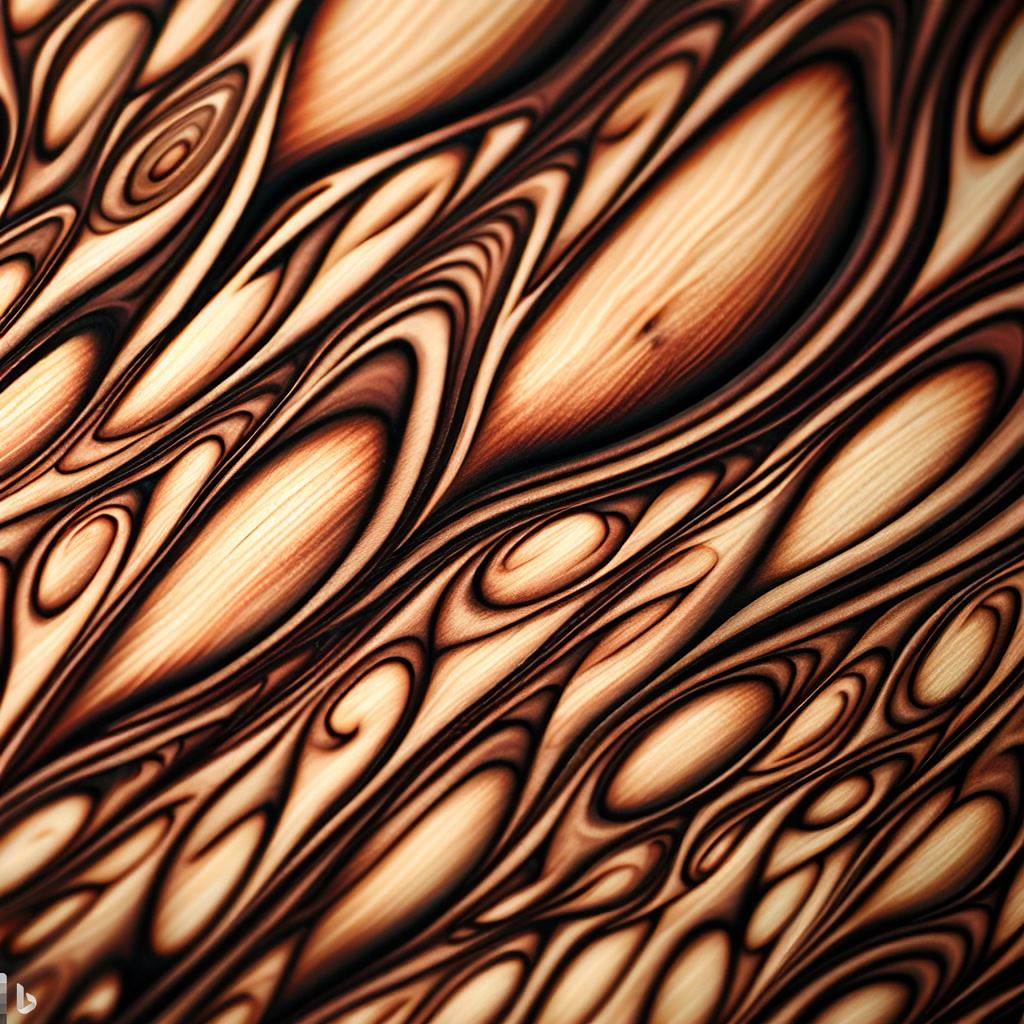Emotive Pyrography: Conveying Feeling and Mood Through Wood Burned Art
Beyond just technically accurate scenes, pyrography also offers incredible potential for expressing emotion. Thoughtful compositions, purposeful metaphors, and strategic burning techniques allow wood artists to instill sensory psychological moods within their audience through burnt artwork.
This guide provides tips on planning, composing, and burning pyrography pieces that successfully capture poignant concepts like love, grief, optimism, melancholy, hope, loneliness, nostalgia, or other potent human feelings. Let’s explore how pyrographers can use wood burning aesthetics to touch hearts and convey what words cannot.
Selecting Meaningful Subject Matter
Choosing subject matter with inherent emotional associations helps communicate sentiment:
Metaphorical Symbols
Incorporate metaphors like dove silhouettes for peace, lotus flowers for resilience, willow trees for grief, bells for celebration, candles for remembrance, etc. Their symbolic meanings convey instantly.
Evocative Landscapes
Certain landscapes mirror emotional states, like foggy moors for mystery, lightning-split skies for drama, moonlit waters for romance, barren deserts for isolation, verdant rainforests for vitality, ancient ruins for nostalgia.
Expressive Faces
Study facial expressions and body language communicating concepts like laughter, sorrow, pride, shame, rage, defeat, motherly love, brotherly friendship, romantic affection, etc.
Nostalgic Memories
Recreate personal items, places, or scenes recalling meaningful memories and past life phases that resonate emotionally due to their history and significance.
Triggering Culture/History
Certain cultural touchpoints like banjos for folk life simplicity, sunken ships for tragedies, abandoned wagons for Manifest Destiny, crumbling coliseums for fallen empire, overgrown temples for spiritual decay, etc. reference poignant history and emotion.
Composition for Emphasis
Thoughtful scene composition helps focus the viewer on your intended sentiment:
Guiding Lines
Use strong perspective lines, foreground framing, and other compositional elements to visually lead the eye directly to your main emotive focal point.
Selective Details
Spotlight only select details relevant to the desired mood, and soften or remove unnecessary elements that distract from the overall sentimental impact.
Limited Palette
Restrict your burns to a muted color palette with limited value and hue variance. This unified gloominess or brightness enhances mood. Avoid jarring jumps in color temperature.
Contrast
Boost contrast between attention-grabbing subjects and receding backgrounds to dramatically highlight what matters most conceptually.
Lighting Choices
Light your scene purposefully to set the desired mood. Side lighting or bold chiaroscuro increases drama while soft overcast lighting feels gentle. Reference Caravaggio, Rembrandt, Turner.
Body Language and Gestures
Use subtle cues like hunched shoulders, clenched fists, bowed heads, turned backs, clasped hands, embraced silhouettes, outstretched reaching, kneeling, crumbling, etc. to help express emotions through subjects’ physicality.
Strategic Burn Techniques for Emotion
Certain pyro techniques also help render sentimental concepts:
Deliberate Detailing
Meticulously burn key features contributing to the emotion like hands clasping, faces crying, flowers dying, objects breaking, limbs aging, faces smiling, hearts mending. Details tell the story.
Flowing Organic Lines
For concepts like freedom or vitality, use curving flowing marks that sweep dynamically across the composition’s movement rather than just straight rigid lines.
Lighting Illustration
For bold spotlighting effects, brightly burn backgrounds and details darker first, then add lighter shading and detailing last to make main subjects glow. This focuses emphasis.
Distressing
Burn away negative spaces, over-burn cracks and gaps, rub ash into wood, blur edges, and distress areas to convey emotions like weathering, aging, fading, forgetting, sinking, erasing, flooding, decaying, depending on the metaphorical meaning.
Focused BLurring
Soften, smear, trail, feather, and smudge burning in peripheral areas to subtly obscure and draw attention instead onto the razor sharp focal details meant to feature prominently. Selective focus directs eyes.
Temperature and Pressure
Adjust your pen’s heat and stroke pressure to taper and waver lines for concepts like anxiety, sadness, fragility, tentativeness, tension. Or keep bold, solid marks for power, resilience, stubbornness, confidence, depending on the desired emotion.
Titles to Evoke Meaning
Pair your burning with a thought-provoking title to guide its interpretation:
- Calm Before the Storm
- Light After the Darkness
- Birdsong at Dusk
- Another Spring Gone
- The First Mile Home
- One More Tomorrow
- Until We Meet Again
- Those Halcyon Days
- The Thorned Path
- Be Still My Soul
Seek words that spark imagination and make viewers contemplate deeper takeaways from your visual metaphors. Apt words steer emotions.
Whether through nuanced composition, evocative subjects, or strategic burning techniques, pyrography offers incredible potential for touching hearts by sharing the full spectrum of human ideals, memories, perseverance, fragility, affections, losses, and inner light. Master emotive wood burning, and your art will trancend merely technical skill to encapsulate profound beauty.
